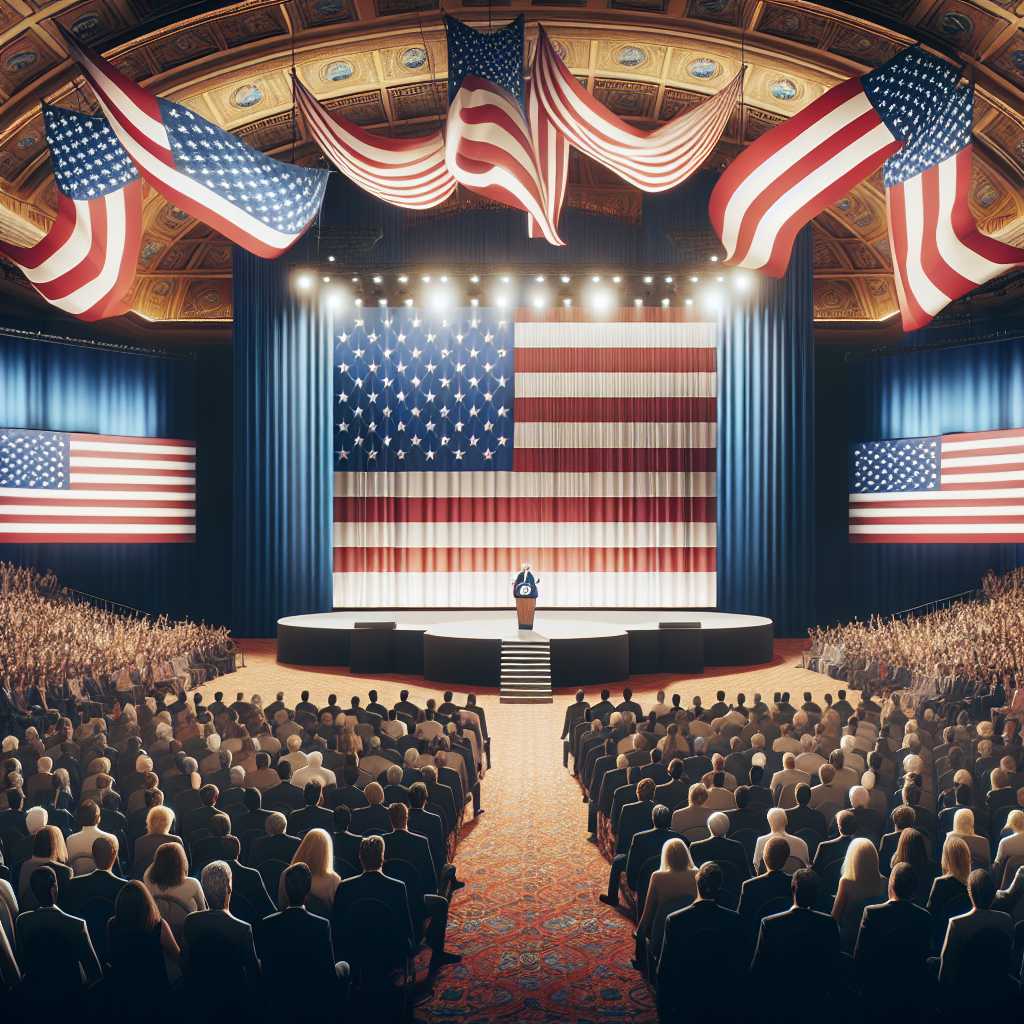Understanding CPAC: An Overview of the Conservative Political Action Conference
The Conservative Political Action Conference, colloquially known as CPAC, is an annual event that gathers conservative activists, elected officials, and thought leaders from across the United States and the world. The conference is known for its high-profile speakers, breakout sessions, and its role as a barometer for the current state and the future of the conservative movement. Let’s delve into what CPAC is, its history, and significance in American politics.
History and Evolution of CPAC
CPAC was first held in 1974, organized by the American Conservative Union (ACU), which remains its primary sponsor. Initially, the conference was a small gathering of dedicated conservatives. However, over the decades, it has grown exponentially in size and influence, attracting thousands of attendees and a wide array of conservative voices.
Through the years, CPAC has featured speeches from influential conservative figures, including Presidents Ronald Reagan, George W. Bush, Donald Trump, and other notable personalities such as Margaret Thatcher and Milton Friedman. Historically, CPAC has been used as a platform for conservative leaders to address their followers directly, outline policy frameworks, and set the tone for the upcoming political agendas.
The Agenda at CPAC
The conference’s agenda typically includes a series of speeches on various topics that are important to the conservative agenda such as tax policy, foreign affairs, media bias, gun rights, and social issues like abortion. CPAC also frequently holds forums and debates on pressing subjects where different strands of conservative thought can be heard.
Over time, CPAC agendas have become aligned with the dominant concerns of its constituency, reflecting both longstanding principles of conservatism as well as more immediate political priorities. Political issue targeting has shaped not only the discourses at CPAC but has also indicated the direction where the entire conservative movement may be headed.
Presidential Straw Poll and its Significance
One highlight of CPAC is a straw poll that surveys attendees’ preferences for Republican presidential candidates. This is closely watched as an early indicator of which potential candidates are resonating with grassroots conservatives. This straw poll has captured notable media attention due to its capacity to sway perceptions enough to create momentum for certain candidacies or discourage nascent ones.
Impact on Republican Politics and Broader Movements
CPAC’s reach extends beyond the parameters of a mere conference; it is also impactful as a strategy session for conservatives looking to influence politics at local, state, and national levels. Activists may receive training on how to mobilize voters or run for office themselves while gaining access to a network of like-minded individuals and potential donors.
Moreover, CPAC often captures broad public attention due to the presence of key media personalities within conservative circles. Their coverage can further amplify the conference’s impact on public discourse beyond those in attendance.
